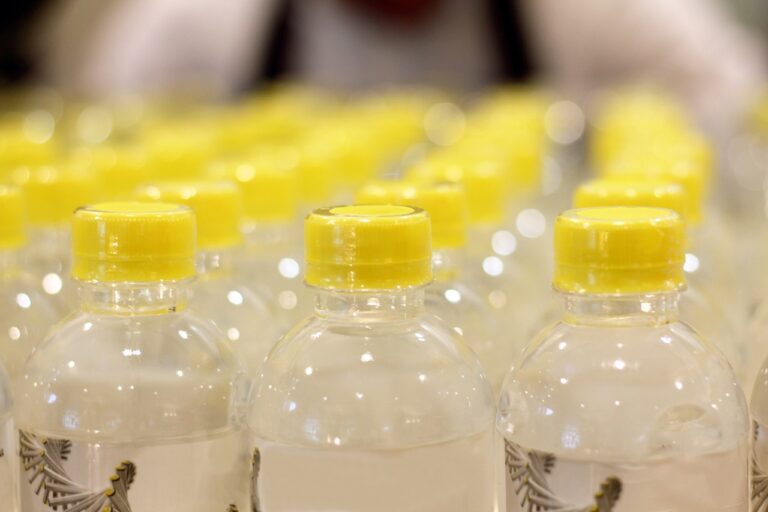Presented the new package of rules on waste. The watchword is ‘prevention’. By 2040, waste per capita in each country is to be reduced by 15 per cent. With savings of about 47.2 billion Euro in Europe.
By packaging we mean everything from the polystyrene tray in the supermarket to detergent bottles, from cans and bottles to the wrappings of products sent through the post. The last European directive regulating them dates back to 1994, and in these now almost 30 years they have become an increasing source of waste. In particular, the new EU directives plans to stop plastic packaging.
Table of Contents
EU stop to plastic packaging
According to Eurostat data, on average, each European produces almost 180 kg of packaging waste per year. In the last 10 years packaging waste has increased by more than 20% in the EU. And, if no action is taken, it is expected to increase by a further 19% by 2030.
During the presentation of the new regulatory package, the executive vice-president in charge of the European Green Deal plan, Frans Timmermans, did not mince words, stating that the system in place up to that point had failed and that radical change is needed.
How? By applying the hierarchy found in all framework directives on waste management, which puts prevention first. This is the spirit of the new rules, first and foremost to produce less waste. By 2040 their per capita production in each country must be reduced, compared to 2018, by 15%. Watchwords: re-use and recycling.
The measures: increase of reuse and recycling
To encourage the reuse or refilling of packaging, which has fallen sharply over the last 20 years, companies will have to allow 20% and 80% of cold and hot beverages to be consumed in containers that are part of a reuse system by 2030 and 2040 respectively. Or, consumers will have to be able to refill their containers. Beer retailers, for example, should use refillable containers for 10% of their products by 2030 and 20% by 2040.
Other measures include standardisation of sizes of the packagings and the introduction of clear labels for reusable packaging. Away with the unnecessary and disposable packaging for food and beverages consumed in restaurants and cafés. And also, disposable packaging for fruit and vegetables, miniature bottles for shampoo and other products in hotels.
EU stop to plastic packaging: the other measures
Many measures are aimed at making packaging totally recyclable by 2030. This includes establishing common design criteria for packaging, clarifying which kind of packaging will have to be compostable and can be thrown in the organic bin. There will also be binding recycled content rates that manufacturers must include in new plastic packaging. This will help make recycled plastic a more valuable product.
Among the interesting aspects is the creation of binding deposit returnable-empty systems for single-use containers with a capacity of up to 3 litres made of plastic but also aluminium that will be mandatory from 2028.
A very efficient system already in use in several European countries, which allows very high recycling percentages (in Germany they reach 90%) and also in this case provides higher quality recyclable materials . Italy, together with Spain for example, is still missing from the list.
EU estimates that boosting the reuse of plastics and other materials alone could lead to more than 600 thousand new jobs in Europe by 2030, many of them in medium and small companies.
In financial terms, savings of about EUR 47.2 billion are expected in the EU. On average, each EU citizen could save EUR 100 per year if the savings were passed on to the consumer level.
Read also: Upcycling, definition and the difference with recycling












